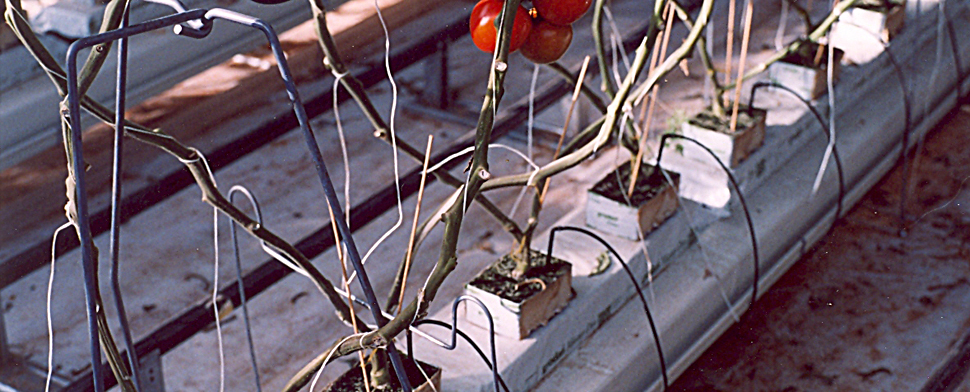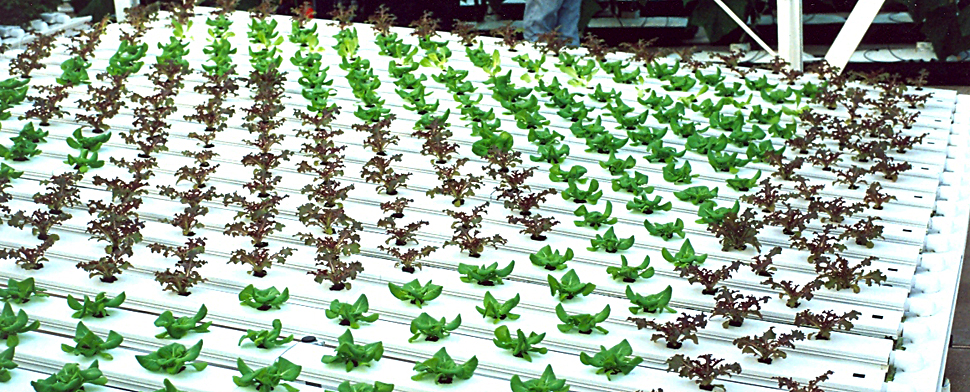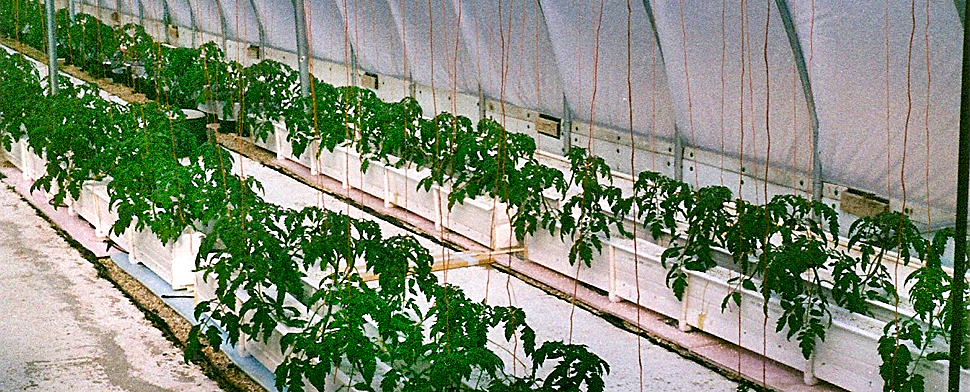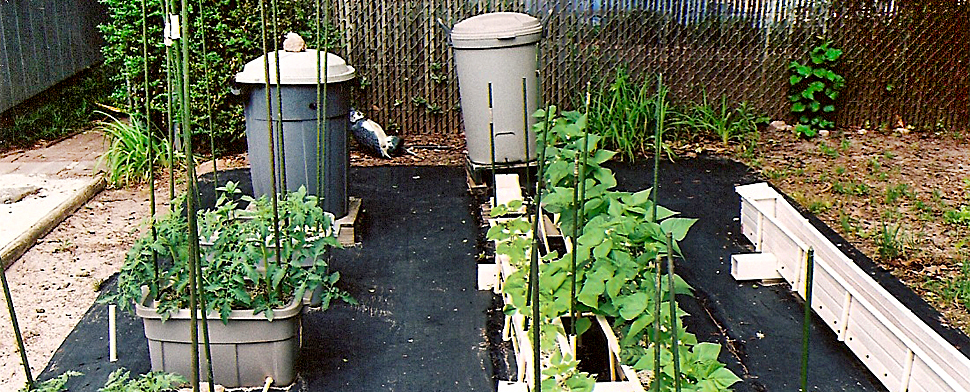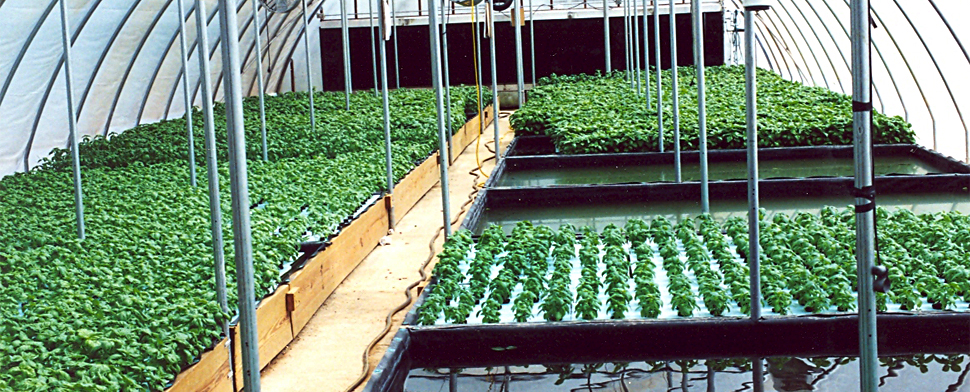Insufficiencies among the micronutrients hydroponically are of raw occurrence. In many situations, micronutrients are being added to nutrient solution formulations at concentrations not needed, the only exception possibly being for zinc (Zn). In many instances, the rooting medium itself may be a primary source of some micronutrients, iron (Fe) in particular. Also, depending on the reagents used to make a nutrient solution formulation, a number of micronutrients may exist as contaminates. Dust can be a major micronutrient source, particularly Fe, therefore that element may not be needed as an addition to the nutrient solution formulation. Chelates of the micronutrients are of no advantage in a solution culture system. Growers should assay a prepared nutrient solution formulation for its elemental content, including the micronutrients, before use, and then make adjustments so that insufficiencies are not likely to occur. An assay after use of a nutrient solution can be used to determine if and what micronutrients are being added to the nutrient solution with use. Based on these assay results, micronutrient additions to a nutrient solution formulation can result in reagent cost savings as well as reduce the potential for an insufficiency, deficiency or excess, from occurring. The major element that has the greatest impact on micronutrient root absorption is phosphorus (P), reducing Zn and enhansing manganese (Mn). Therefore, avoiding P excess is essential in order to minimize the “P effect.”
Written by admin
![]()
Dr. J. Benton Jones has written extensively on the topics of soil fertility and plant nutrition over his professional career. After obtaining a B.S. degree in Agricultural Science from the University of Illinois, he served on active duty in the U.S. Navy for two years. After discharge from active duty, he entered graduate school, obtaining M.S. and Ph.D. degrees from the Pennsylvania State University in agronomy. For 10 years, Dr. Jones held the position as research professor at the Ohio Agricultural Research and Development Center (OARDC) in Wooster. During this time, his research activities focused on the relationship between soil fertility and plant nutrition. In 1967, he established the Ohio Plant Analysis Laboratory.
Joining the University of Georgia faculty in 1968, Dr. Jones designed and had built the Soil and Plant Analysis Service Laboratory building for the Georgia Cooperative Extension Service, serving as its Director for 4 years. During the period from 1972 and his retirement in 1989, Dr. Jones held various research and administrative positions at the University of Georgia. Following retirement, he and a colleague established Micro-Macro Laboratory in Athens, Georgia, a laboratory providing analytical services for the assay of soils and plant tissues as well as water, fertilizers, and other similar agricultural substances.
Dr. Jones was the first President of the Soil and Plant Analysis Council and then served as its Secretary-Treasurer for a number of years. He established two international scientific journals, "Communications in Soil Science and Plant Analysis" and the "Journal of Plant Nutrition", serving as their Executive Editors during the early years of publication.
Dr. Jones is considered an authority on applied plant physiology and the use of analytical methods for assessing the nutrient element status of rooting media and plants as a means for ensuring plant nutrient element sufficiency in both soil and soilless crop production settings.
View all posts by: admin
No Comments Yet.

